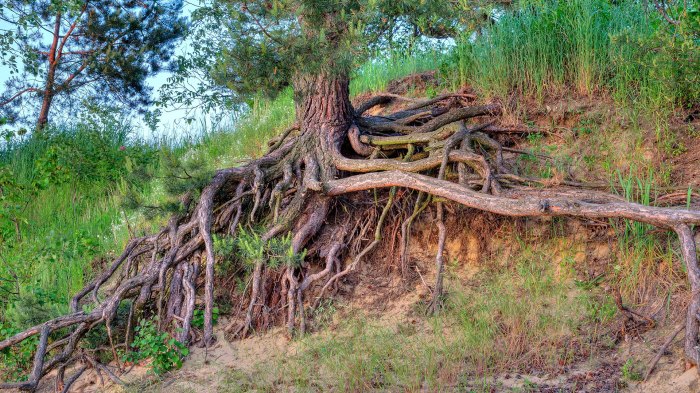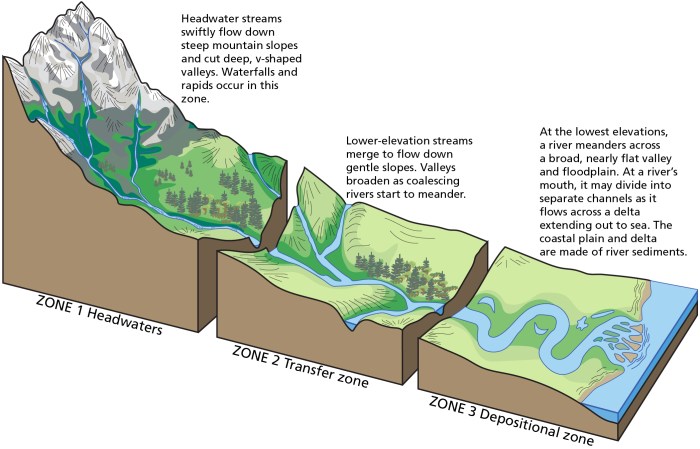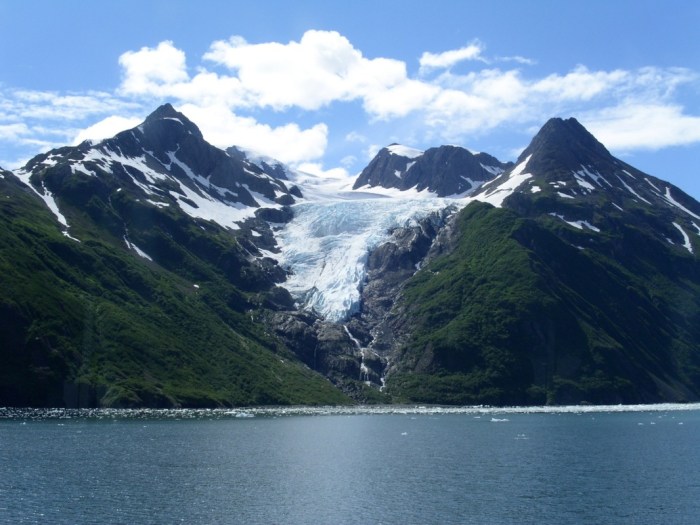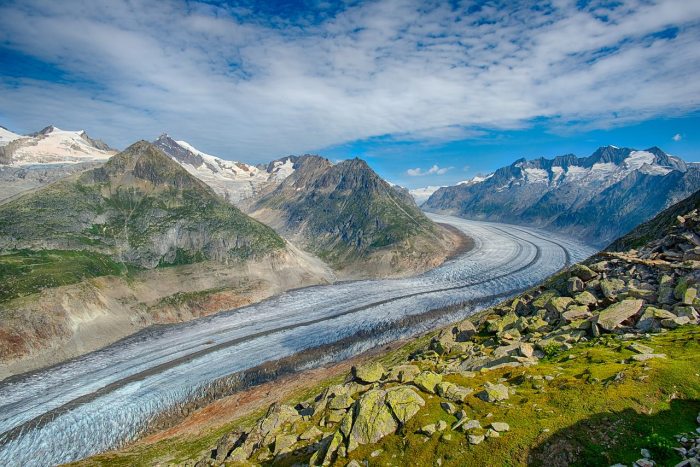There can be no stream erosion or glacial erosion without the forces that drive them. Water flow and ice movement are the primary agents of these erosional processes, shaping the Earth’s surface over time. This discussion explores the mechanisms, impacts, and interrelationships of stream and glacial erosion, unveiling their profound influence on our planet’s landscapes.
Stream erosion, driven by the relentless flow of water, sculpts the Earth’s surface through headward, lateral, and vertical erosion. It carves river valleys, canyons, and waterfalls, leaving behind a legacy of landforms that attest to the power of moving water.
Glacial erosion, on the other hand, is the result of the relentless movement of ice. It plucks, abrades, and quarries, creating cirques, U-shaped valleys, and moraines, shaping landscapes that bear the imprint of ancient glaciers.
Stream Erosion and Glacial Erosion: Shaping the Earth’s Surface

Stream erosion and glacial erosion are two important processes that shape the Earth’s surface. Stream erosion is caused by the flow of water, while glacial erosion is caused by the movement of ice. Both processes can create a variety of landforms, including river valleys, canyons, and cirques.
Factors Contributing to Stream Erosion and Glacial Erosion
The rate of stream erosion and glacial erosion is influenced by a number of factors, including:
- Water flow:The faster the water flows, the greater the erosive power of the stream.
- Ice movement:The faster the ice moves, the greater the erosive power of the glacier.
- Climate:Climate can affect the rate of stream erosion and glacial erosion by influencing the amount of water and ice available.
Types of Stream Erosion
There are three main types of stream erosion:
- Headward erosion:This occurs when the head of a stream erodes backward, creating a V-shaped valley.
- Lateral erosion:This occurs when the sides of a stream erode, creating a wider valley.
- Vertical erosion:This occurs when the bottom of a stream erodes, creating a deeper valley.
Landforms Created by Stream Erosion
Stream erosion can create a variety of landforms, including:
- River valleys:These are formed by the erosion of a stream over time.
- Canyons:These are deep, narrow valleys with steep sides.
- Waterfalls:These are formed when a stream flows over a steep drop.
Types of Glacial Erosion
There are three main types of glacial erosion:
- Plucking:This occurs when the ice of a glacier freezes onto the surface of the Earth and then breaks off, carrying away pieces of rock.
- Abrasion:This occurs when the ice of a glacier scrapes against the surface of the Earth, wearing it down.
- Quarrying:This occurs when the ice of a glacier melts and leaves behind large blocks of rock.
Landforms Created by Glacial Erosion, There can be no stream erosion or glacial erosion without
Glacial erosion can create a variety of landforms, including:
- Cirques:These are bowl-shaped depressions that are formed by the erosion of a glacier.
- U-shaped valleys:These are valleys that have been widened and deepened by the erosion of a glacier.
- Moraines:These are ridges of rock and debris that are formed by the deposition of material by a glacier.
Relationship between Stream Erosion and Glacial Erosion
Stream erosion and glacial erosion are both important processes that shape the Earth’s surface. However, there are some key differences between the two processes.
Stream erosion is a more gradual process than glacial erosion. This is because water flows more slowly than ice. As a result, stream erosion typically creates smaller landforms than glacial erosion.
Stream erosion is also more common than glacial erosion. This is because water is more abundant than ice. As a result, stream erosion can occur in a wider variety of environments than glacial erosion.
Despite their differences, stream erosion and glacial erosion can both have a significant impact on the landscape. Both processes can create beautiful and unique landforms that can attract tourists and provide opportunities for recreation.
FAQs: There Can Be No Stream Erosion Or Glacial Erosion Without
What is the difference between stream erosion and glacial erosion?
Stream erosion is caused by the flow of water, while glacial erosion is caused by the movement of ice.
What are some examples of landforms created by stream erosion?
River valleys, canyons, and waterfalls are all examples of landforms created by stream erosion.
What are some examples of landforms created by glacial erosion?
Cirques, U-shaped valleys, and moraines are all examples of landforms created by glacial erosion.


